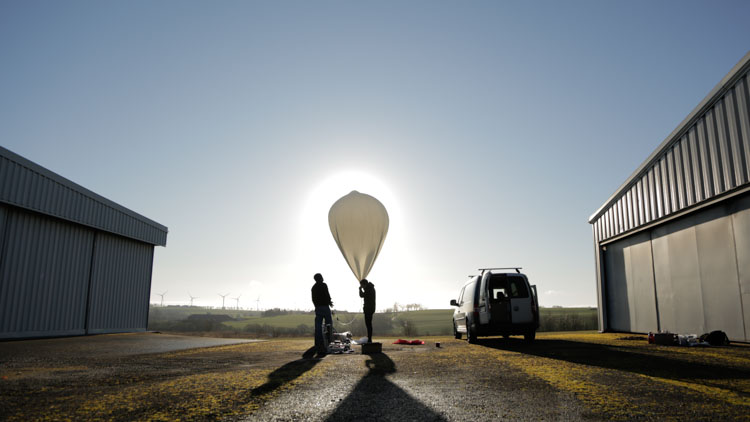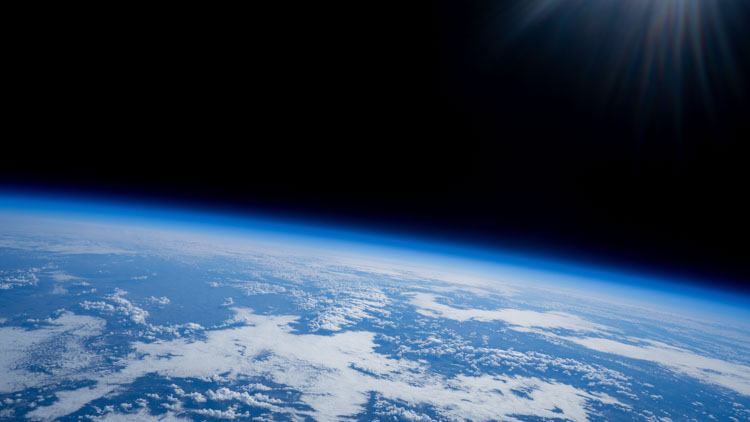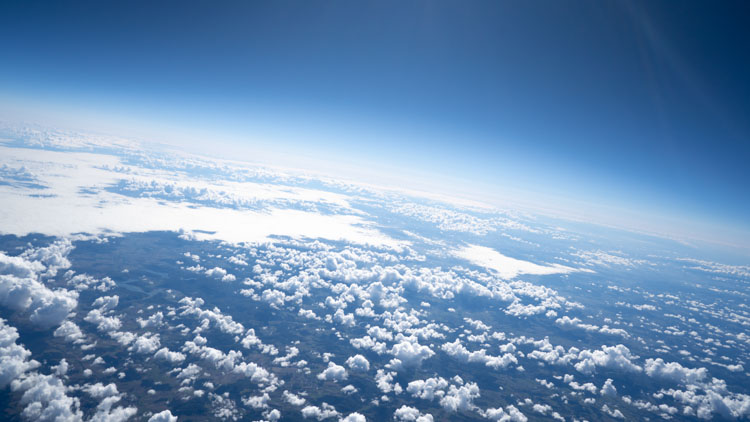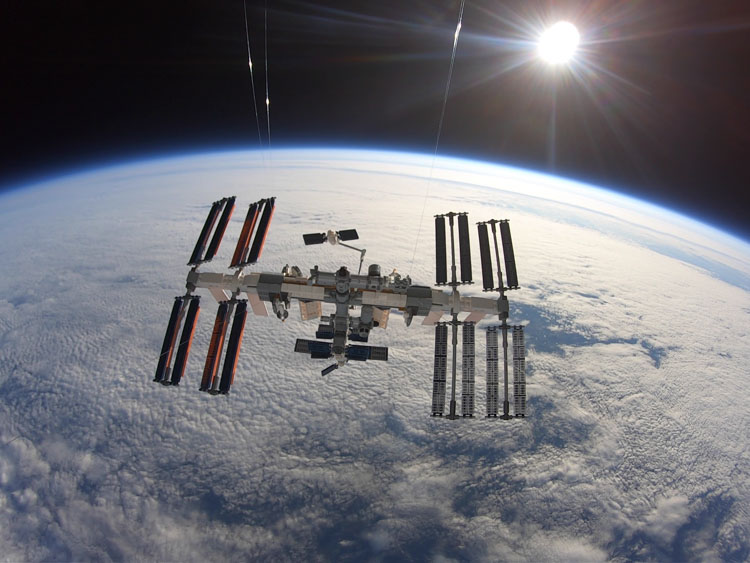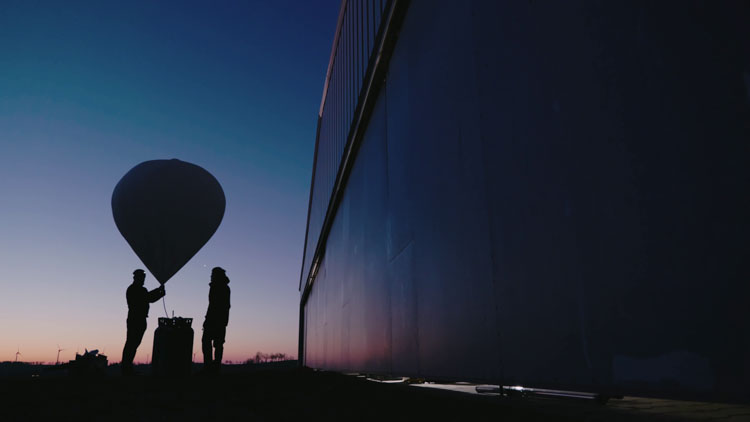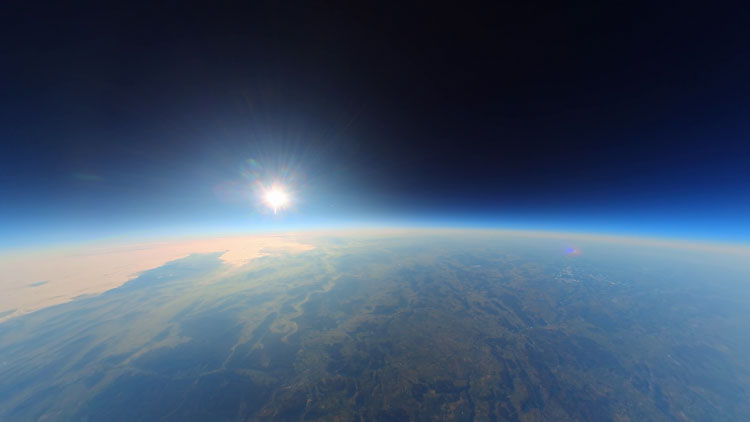What is the difference between a tethered balloon and a weather balloon?
A weather balloon is a free balloon that is filled with helium/balloon gas and is used for the ascent of measuring instruments or other technical equipment and rises "freely" to great heights. In contrast to the free-flying weather balloon mentioned above, a tethered balloon is a balloon that is also filled with helium/balloon gas and payloads such as technical measuring equipment and also antennas like vertical antennas can be attached. The crucial difference is that a tethered balloon is anchored to the ground with ropes and cannot ascend freely, like a weather balloon. In this respect, the weather balloons available from Stratoflights can be converted into tethered balloons by the intended use.
What does a weather balloon/ tethered balloon cost?
The price of a weather balloon depends on your objective: how high do you want your high altitude balloon to fly and or how much payload do you want the weather balloon to carry? Weather balloons are available in different sizes and thus prices vary. Prices for all models of our high quality weather balloons can be found in our
webshop.
What is the delivery time of weather balloons/ tethered balloons?
We hand over all orders to DHL or DHL Express from our warehouse in Germany on the next working day. The exact delivery time depends on whether the delivery is to be made within or outside the EU. One thing is clear: With our logistics partners DHL and DHL Express we enable a maximum of delivery speed. You can't get any faster.
Why does a weather balloon burst in the stratosphere?
Weather balloons can reach altitudes of up to 40,000 meters or 131,000 feet. That's three times higher than commercial airliners fly. As altitude increases, the ambient atmospheric pressure decreases. The further we move away from sea level in altitude, here the atmospheric pressure is exactly 1 bar or 1,000 hPa (14.5 psi), the air pressure decreases noticeably. When climbing mountains, for example, breathing becomes difficult quite quickly. At an altitude of just under 5 kilometers, the atmospheric air pressure has already halved. The helium or balloon gas, which provides buoyancy for the weather balloon, expands as the atmospheric pressure continues to decrease, and so does the weather balloon. Thus, weather balloons can become up to 15 meters (49.2 feet) in diameter due to their elastic natural rubber-latex mixture, before you then burst at minimum air pressure.
What is a weather balloon / tethered balloon filled with?
In most cases, weather balloons are filled with helium or the cheaper balloon gas, which consists of approx. 95% helium. Weather services and research facilities also sometimes use hydrogen, as this has an even lower density and allows for even more lift.
How to fill a weather balloon/ tethered balloon?
To fill a weather balloon with helium/ balloon gas, you need helium/ balloon gas, which is available in gas bottles. To fill the helium/ balloon gas from the bottles into the weather balloon in the previously calculated amount using the
helium calculator, you will need a
pressure reducer. With this you can fill the exact calculated amount from the gas bottle via the hose of the bottle
pressure reducer into the weather balloon.
Woraus besteht ein Wetterballon/ Fesselballon?
Are you allowed to launch a weather balloon into the stratosphere just like that?
You are allowed to launch a weather balloon into high altitudes if you have obtained the required ascent permit in your country for the ascent and if you have obtained the ascent permit for the operation of your weather balloon and if you fulfill the required conditions, if any. Thus, a weather balloon may be launched and ascended to heights well over 30 kilometers by anyone, whether a research institution, company, school or private individual. Here you can find a
listing of aviation authorities of different countries.
Where does a weather balloon launch have to be registered?
In most cases, the ascent of weather balloons into the stratosphere is applied for at the respective
aviation authorities or transport authorities of the respective country. We have compiled a few countries and their aviation authorities here.
Is it allowed to launch a weather balloon as a private person?
Yes, as long as you apply for the ascent permit in your country and comply with any conditions required for the ascent, so basically anyone may launch a weather balloon, whether a private person, school, company or research institution, who has obtained the required ascent permit.
What are weather balloons and tethered balloons used for?
Weather balloons, stratospheric balloons or also known as meteorological weather balloons or high altitude balloons, have numerous applications: Weather balloons are mainly used by weather services, universities for atmospheric altitude research and weather forecasting. Furthermore, weather balloons are used by schools for school projects to launch small cameras and measuring instruments as part of school project weeks. Private individuals use weather balloons, for example, to make their own video recordings from the edge of space. Weather balloons are also used near the ground to lift amateur radio payloads such as weather probes and to transmit via APRS. Weather balloons are fixed by radio amateurs e.g. also in 150 feet height and vertical antennas are fixed at it. Furthermore, weather balloons are used for height markings or as a balloon antenna for a vertical antenna, or to mark a later wind turbine and to measure the actual wind strength over a longer period of time, e.g. at a height of 450 feet.
How high can a weather balloon or high altitude balloon fly?
Weather balloons are available in different sizes and therefore fly to different altitudes. The largest weather balloon available for maximum altitude is the Weather Balloon 3000. The
Weather Balloon 3000 can reach altitudes of up to 40 altitude kilometers (131,000 feet), which is three times higher than commercial airliners fly.
How far can a weather balloon expand?
The largest weather balloon available in the world is the
Weather Balloon 3000. The Weather Balloon 3000 can expand up to 14 meters or 42 feet in diameter at an altitude of 40 kilometers (131,000 feet)!
How do I fill a weather balloon?
In order to fill a weather balloon with the amount previously calculated with the
helium calculator for your mission, the helium/balloon gas from the gas bottle must be filled into the weather balloon in the correct amount. To get the right amount from the gas bottle, we need a
pressure reducer, which is connected to the gas bottle. This allows you to precisely control the amount of gas filled into the weather balloon. A hose leads from the pressure reducer into the weather balloon, so that the helium/balloon gas from the gas bottle can flow through the hose of the pressure reducer into the weather balloon.
How long does it take to fill a weather balloon or tethered balloon?
This depends on the size of the weather balloon and the required amount of helium/balloon gas. For small weather balloons, the filling process takes a few minutes, for large weather balloons, such as the
Weather Balloon 2000, you should allow 15 to 20 minutes for the filling process, depending on the set flow rate.
What is the lifetime of a high altitude balloon? How long can I store a weather balloon?
Provided the weather balloon has been stored dry at room temperature and sealed in its original packaging, Stratoflights' high quality weather balloons can be stored for up to 2 years without loss of quality.
Can I reuse a weather balloon or tethered balloon as a radio amateur?
As long as the weather balloon is used as a tethered balloon and is fixed to the ground by tethers and therefore does not ascend into the stratosphere, the tethered balloon can be reused. The lifting gas can be released through the valve of the weather balloon or tethered balloon, so that the weather balloon or tethered balloon can be used again.
How do I fix my balloon antenna or weather balloon antenna or tethered balloon antenna to the ground?
The tethered balloon can be fixed to the ground with the help of ropes. Simple ropes (cords) are perfectly sufficient. Ideally, you use three strings and stretch them in the garden or on an open space in a larger triangle and knot these three ropes / strings of equal length at the valve of the captive balloon, to which you also fix your payload such as vertical antenna or longwave antenna as a radio amateur. You can now slowly and safely ascend the tethered balloon with your antenna using the tethers. The tether ropes/ cords, stretched into a triangle, stabilize the tethered balloon in its position so that it is less susceptible to wind.
How much lifting capacity has a weather balloon/ tethered balloon?
The load capacity depends on the size of the weather balloon. The load capacity consists of the dead weight of the weather balloon and the payload, which is attached to the weather balloon. The
Weather Balloon 2000 has a dead weight of 70.5 oz and can carry a payload of 70.5 oz and thus the lifting capacity is 141 oz.
How much weight can be attached to a weather balloon/ tethered balloon?
How much weight or payload can be attached to a weather balloon depends on the model of the weather balloon. For example, the
Weather Balloon 2000 can carry a payload of 2,000 g. More weather balloons with even more payload can be found
here.
What can be attached to the weather balloon / tethered balloon?
The payload of a weather balloon or tethered balloon can be diverse. Weather services let measuring instruments and radiosondes with parachutes rise on meteorological weather balloons, schools design their own small probes with cameras and measuring equipment, radio amateurs fix vertical antennas or APRS transmitters on weather balloons or tethered balloons. Art objects are also fixed to weather balloons in galleries as part of special exhibitions. Road construction companies use tethered balloons to measure temperature and humidity at altitudes where bridges will later be built. The possibilities are endless.
Where to buy the helium or balloon gas for weather balloons or tethered balloons?
At the gas retailers in your region. These can be small local suppliers, but also large gas suppliers like Air Liquide and Linde Gas. Larger hardware store chains also carry balloon gas in large gas cylinders.
Where to buy a weather balloon or tethered balloon?
You can buy high quality weather balloons or meteorological weather balloons or also called stratospheric balloons and tethered balloons at
Stratoflights. We offer weather balloons or tethered balloons of different sizes to fit your mission.
In which colors are weather balloons or tethered balloons available?
Weather balloons are only available in white.
Is it possible to predict the flight path of weather balloons?
Yes, this is possible, even relatively accurately. For this you can use our tool
calculate the flight path and already the day before the start calculate the flight route exactly to a few kilometers.






 Deutsch
Deutsch 

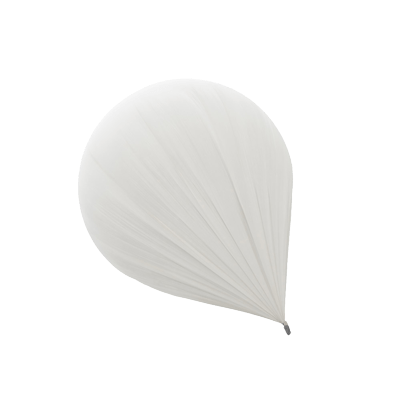

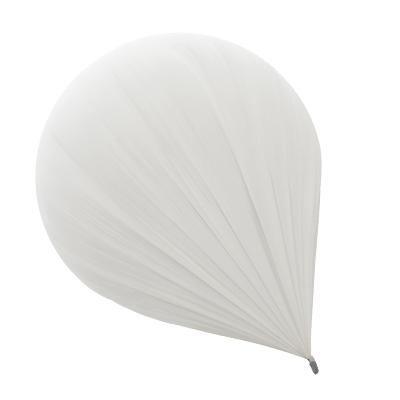
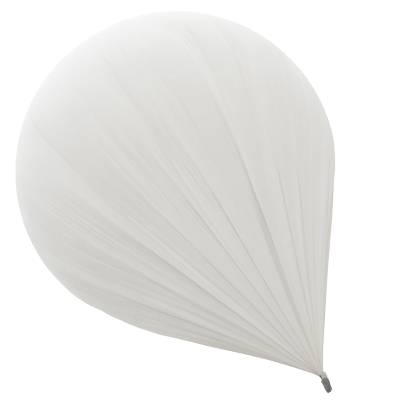



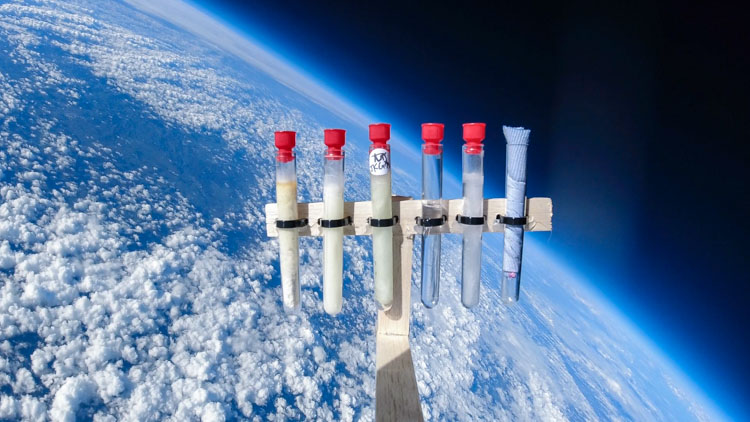
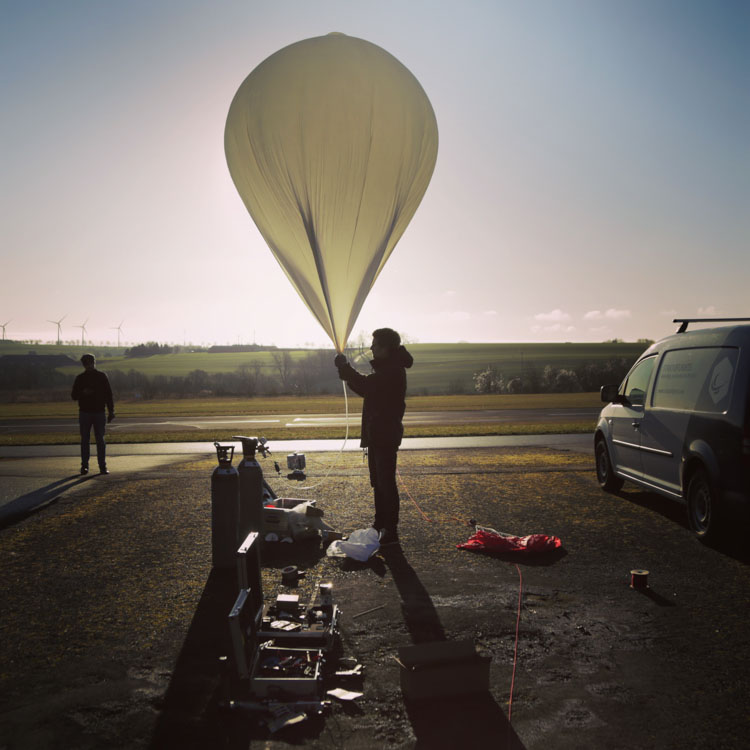
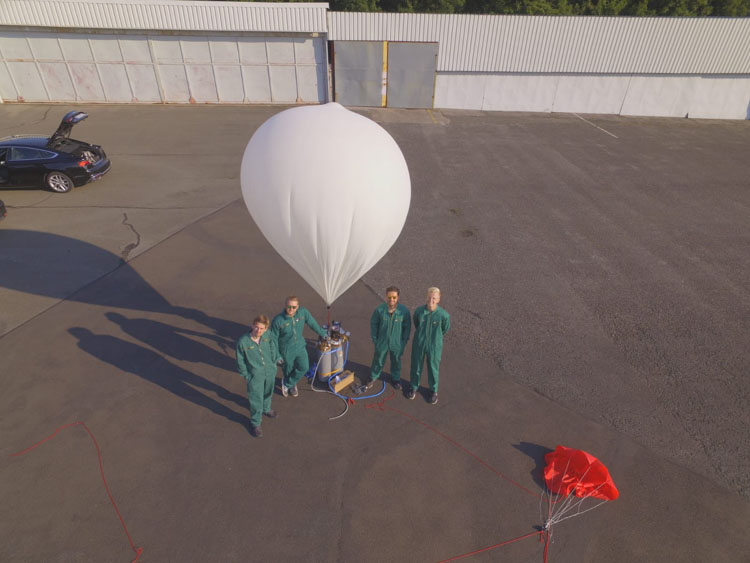


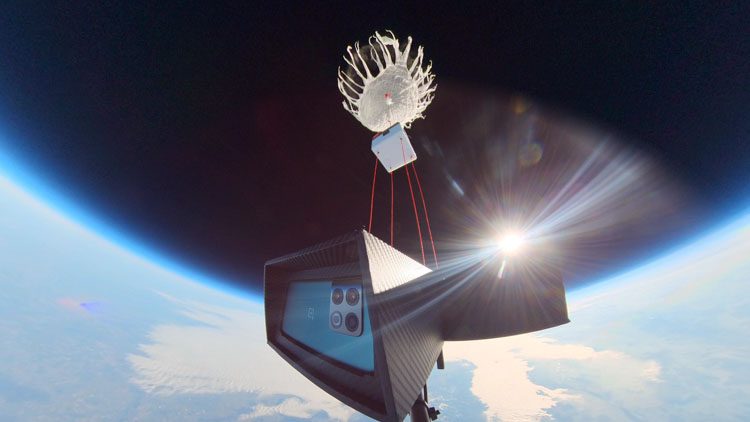
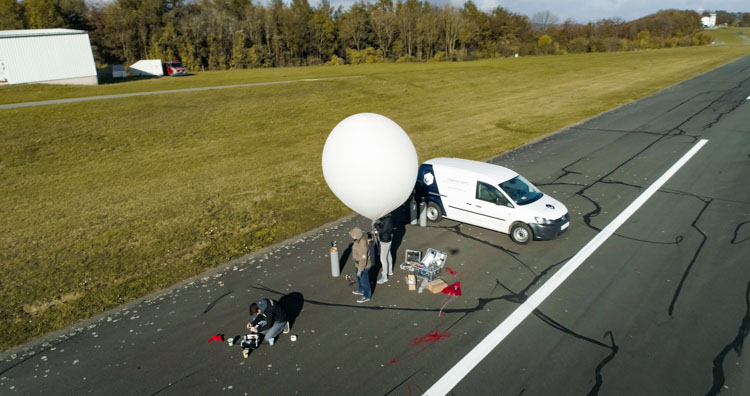
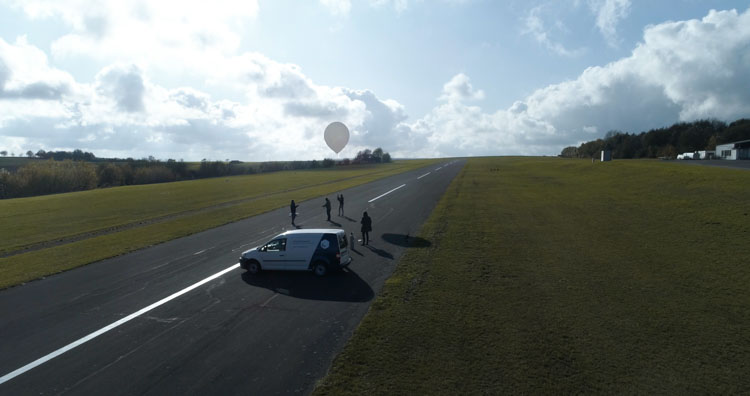

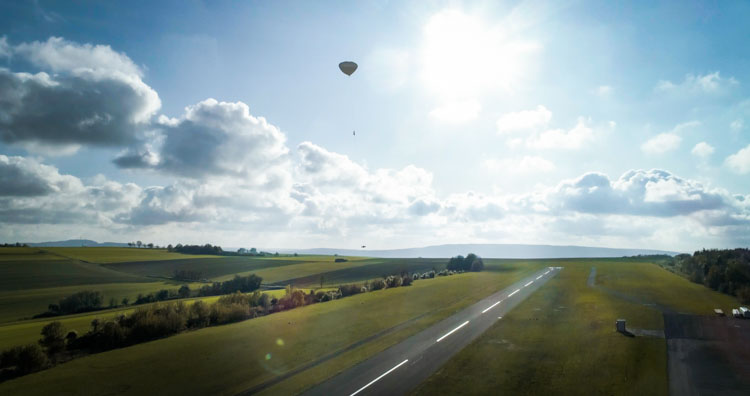
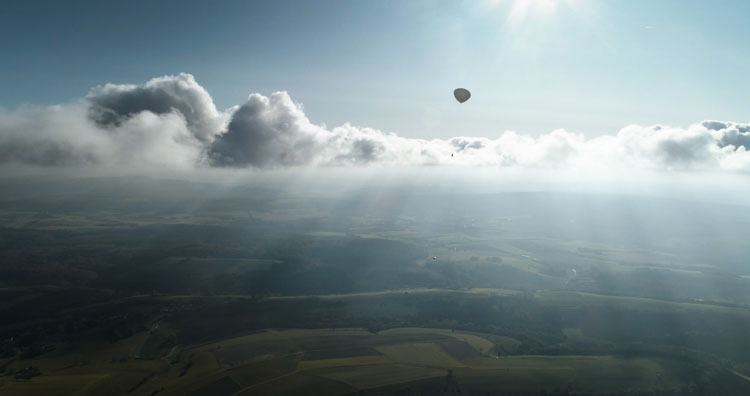
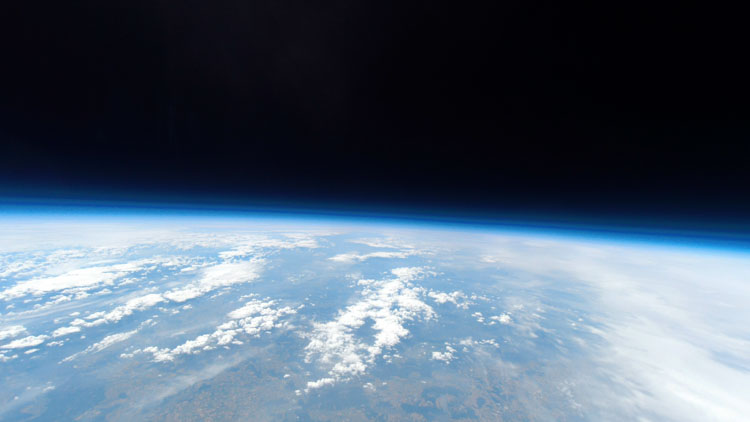
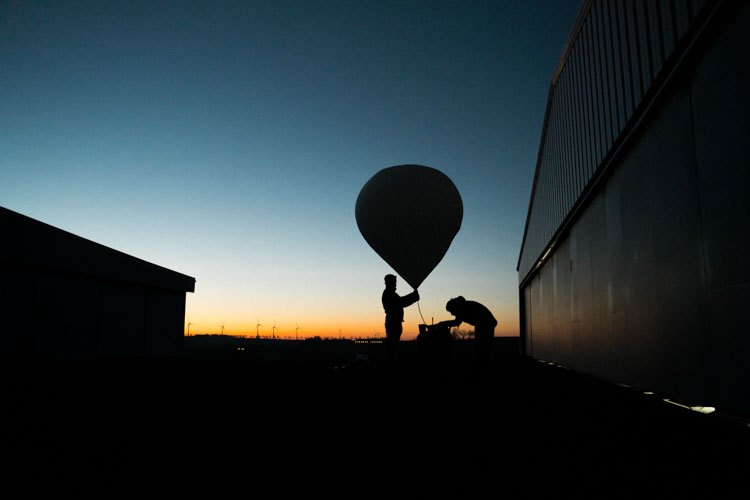
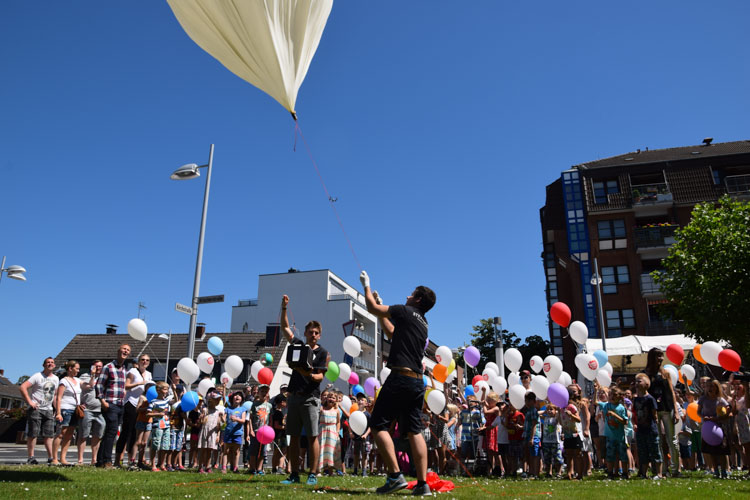
.jpeg)
.jpeg)
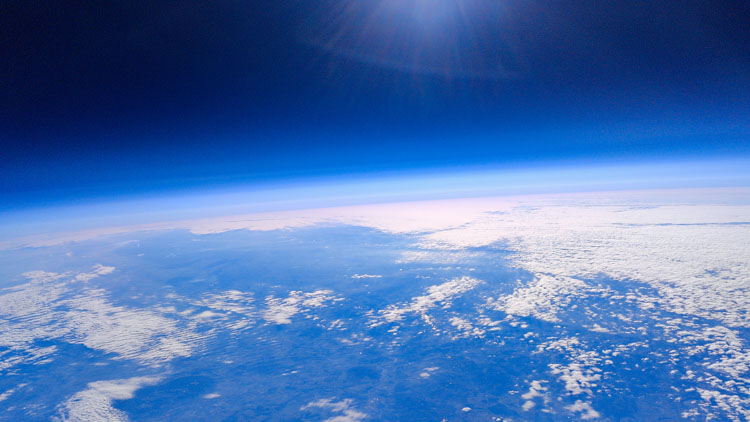
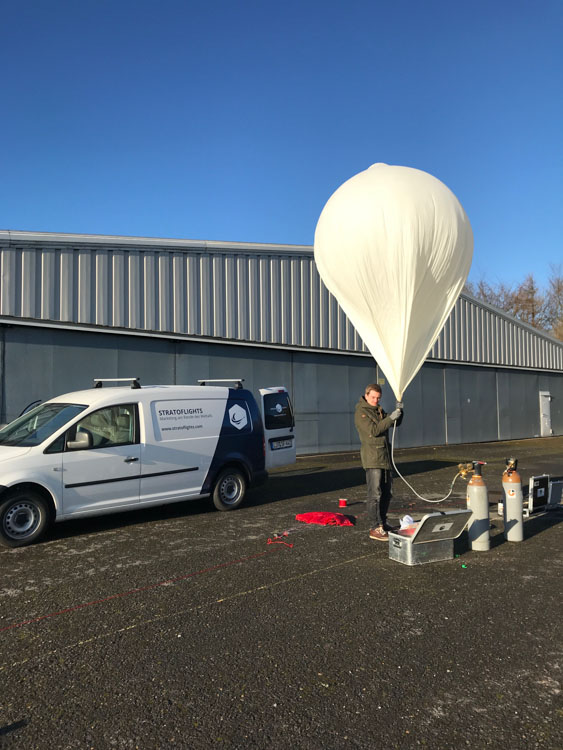

.jpeg)
